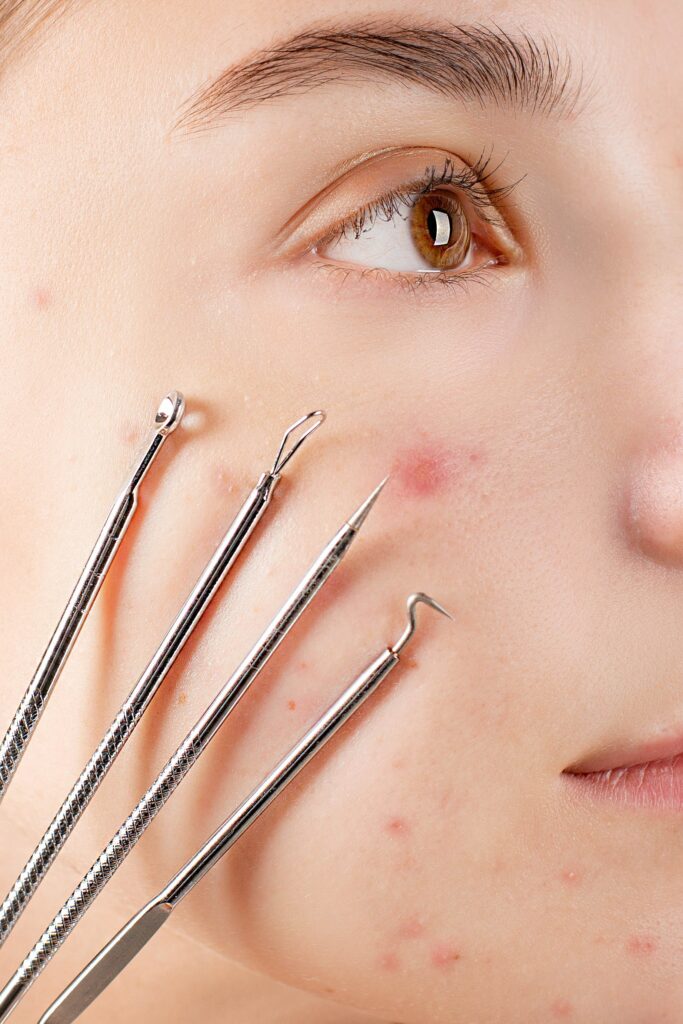Scarring, whether it results from a prior injury, surgery, or acne, may be an unpleasant and ugly issue for many people.
Fortunately, numerous scar removal procedures can help enhance skin texture and lessen the visibility of scars. It can be challenging to choose treatments that are both effective and economical, though, because there are so many possibilities available.
We’ll offer advice on where to go for effective scar removal procedures in this article. Everything from researching various therapies to locating cost-effective choices will be covered.
This guide will assist you in locating the most effective treatments to meet your goals and budget, whether you have mild scarring or more severe scars.

Recognize the Different Scar Forms
It’s crucial to understand the different sorts of scars before seeking treatment. Scars can be divided into five categories:
- Keloid scars: These are thick, elevated scars that have grown outside of the original wound’s borders.
- Hypertrophic scars: They are red, elevated scars that don’t encroach on the original wound’s borders.
- Atrophic scars: These depressed scars are brought on by tissue loss.
- Contracture scars: These scars develop after the skin is burned and contracts, creating tightness and limiting movement.
- Acne scars: These scars, which can be elevated or depressed, are brought on by acne.
Research the Different Treatments
Researching various scar removal procedures is key. Topical lotions, chemical peels, microdermabrasion, laser therapy, and surgery are a few of the most commonly used treatments.
Keloid and hypertrophic scars may respond well to topical creams and corticosteroid injections, whereas atrophic scars may be improved with laser technology and dermal fillers. The look of acne scars may be improved by chemical peels and microdermabrasion.
For scars that have contracted or are more serious, surgical procedures may be necessary. To choose the best course of action for your particular scar, it’s crucial to investigate each treatment and speak with a dermatologist.
Every treatment has unique advantages and disadvantages, so it’s crucial to do your research and choose the one that’s ideal for you.
To learn about the effectiveness of the treatment and any possible adverse effects, read reviews from other patients who have had it.
See a Dermatologist
A dermatologist is a medical professional who specializes in skin care. The best course of action for your unique needs can be decided once they analyze your scar.
Although there may be a range in consultation costs, many dermatologists provide free consultations or accept health insurance.
Your dermatologist could suggest therapies during your visit, including topical creams, laser procedures, chemical peels, and microdermabrasion.
They could also suggest over-the-counter items that can make your scar look better.
Look up Home Remedies
Various natural treatments can make scars look better. They are frequently inexpensive and simple to attempt, even though they might not be as effective as medical treatments. Several well-known home cures are:
- Aloe vera: This plant’s anti-inflammatory qualities can aid in reducing swelling and redness. Every day, apply aloe vera gel to your scar.
- Vitamin E: With its antioxidant characteristics, this vitamin can aid in the promotion of healing. Daily massage your scar with vitamin E oil.
- Tea tree oil: Having antibacterial qualities this essential oil can help prevent illness. Daily massage, especially your acne scars, with tea tree oil.
- Lemon juice: This juice’s acidity can help remove dead skin cells and fade scars that are too dark. Lemon juice should be applied to your scar and left on for 10 minutes before being rinsed off.
Compare Treatment Costs
Compare the expenses of the various therapies after doing your study on them. Home remedies may be less expensive, but medical treatments may be more efficient.
Whilst some treatments could necessitate numerous visits, bear in mind that the cost can mount up quickly.
The expense of treatment over the long run should also be taken into account. For instance, a lengthier recovery period following surgery may mean missed work days and lost money.
On the other hand, home cures could need to be used more frequently, which could raise the entire cost.
Check for Insurance Coverage
A scar removal procedure may be covered if you have health insurance. If it is determined that scar removal therapy is medically essential, many insurance companies will pay for it. However, some insurance policies could have coverage exclusions or restrictions.
You might be able to utilize a health savings account (HSA) or flexible spending account (FSA) to pay for treatment if your insurance policy does not cover scar removal. You can use these accounts to save money before taxes for medical costs, such as scar removal therapy.
Having to deal with scars can cause insecurity and have a detrimental impact on one’s self-esteem. However, there are numerous scar removal methods accessible, from non-invasive home remedies to invasive surgeries.
People can identify the best treatment choice for their particular scar by following these steps, which will also boost their self-esteem and general well-being.






